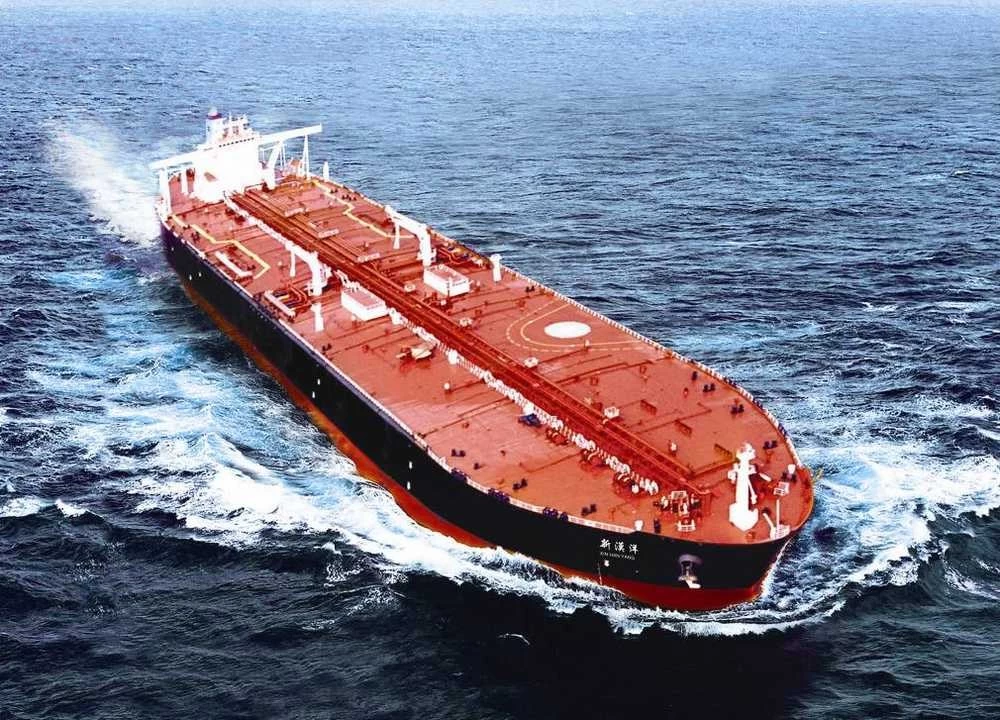Rates are falling faster! The market winds have changed

Spot container rates between Asia and Europe have shown a steady downward trend in the past week, with significant double-digit declines on Asia-to-Northern Europe and Asia-to-Mediterranean routes in particular.
According to the Delury World Container Index (WCI), freight rates on the Shanghai-Rotterdam route fell nearly $1,000 per FEU this week, a weekly drop of up to 14 percent. At the same time, Xeneta's XSI index also reflected a 10% decline in freight rates on Asia-Europe routes to $6,843 /FEU. Similarly, spot rates on WCI's Shanghai-Genoa route fell 12 per cent to US $5,842 /FEU, while the Baltic Freight Index's Asia-Mediterranean route fell 12 per cent to US $6,274 /FEU.
European freight forwarders point out that the market wind has changed and spot rates are rapidly falling back. The central challenge facing shipping lines is the slowdown in demand, which appears to have peaked and the high rates of May and June are behind us, despite the addition of capacity through the Cape of Good Hope to cope with increased demand on Asia-Europe routes.
This is further confirmed by container trade statistics, which show a decline in monthly shipments from the Far East to Europe in July, down almost 200,000 TEUs from June, from 1.75 million TEUs in June to 1.58 million TEUs in July, a drop of 0.5 per cent. In particular, shipments from North Asia to Northern Europe fell 7.6% quarter-on-quarter and 14.2% YoY, while shipments from China to Northern Europe also fell 3.9% Yoy, although they were still up 7.9% YoY.
Forwarders expect August data to show a sharper month-on-month decline, with a weaker demand outlook for September. With China's Golden Week approaching, empty ship activity is expected to increase, which may be the only strategy for shipping companies to slow the decline in freight rates. In response to changes in the market, shipping companies are taking action. For example, Hapag-Lloyd, a member of THE Alliance, announced that it would cancel five Asia-to-Northern Europe sailings in Weeks 40-42 and three Asia-to-Mediterranean sailings in weeks 40-41.
Analysts pointed out that the longer transit time through the Cape of Good Hope requires earlier loading of goods in the peak season, but the current peak season is coming to an end, which has exacerbated the imbalance between supply and demand in the market. Freightos chief analyst Judah Levine said that given the extended transit time and the impact of the Chinese Golden Week, the arrival window of goods in Northern Europe and the Mediterranean is closing, which has eased the pressure on demand to some extent. However, while rates have fallen from their peak, they are still well above 2019 levels.
In addition, spot freight rates on trans-Pacific routes also showed weakness, although the decline was relatively small. WCI rates on the Shanghai-Los Angeles route fell 3 percent, and the XSI Trans-Pacific Index also fell 3 percent. Trade between Asia and the east coast of North America was similar, with Shanghai to New York route WCI prices down 2%. Despite the potential threat of a strike by longshoremen on the US East Coast and Gulf Coast, as well as analysts' forecasts of a surge in traffic and spot freight rates at West Coast ports, rates on Asia-North America routes continued to fall.
There is news that a new price war may break out on the trans-Pacific eastbound route, and a number of non-alliance shipping companies are slashing prices to improve utilization.
Sunny Worldwide Logistics has more than 20 years of freight forwarding history,and over half of staffs working in Sunny about 5-13years.Emergency solutions must be offered with 30 minutes if any. You may not find other companies like us in Shenzhen.
